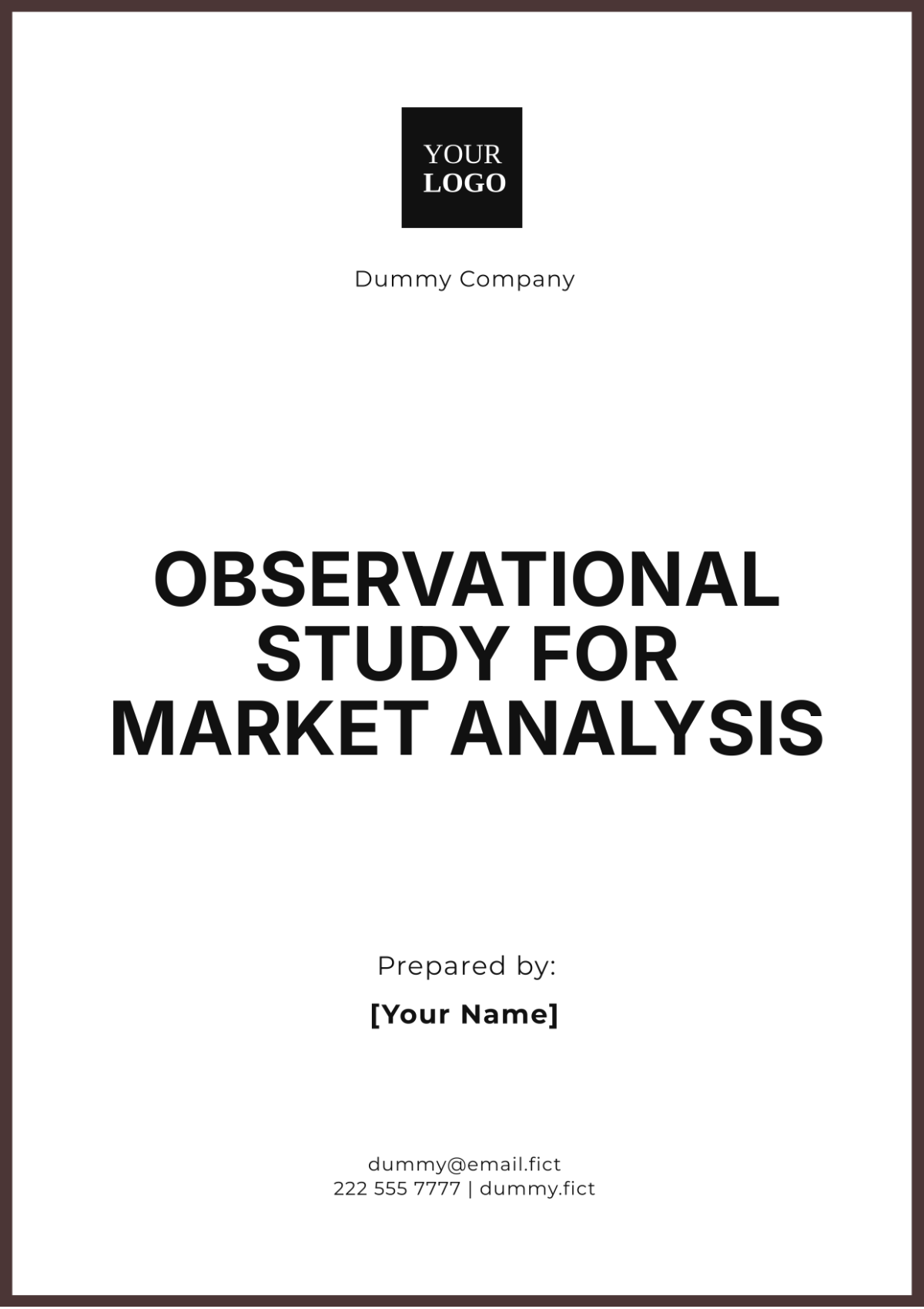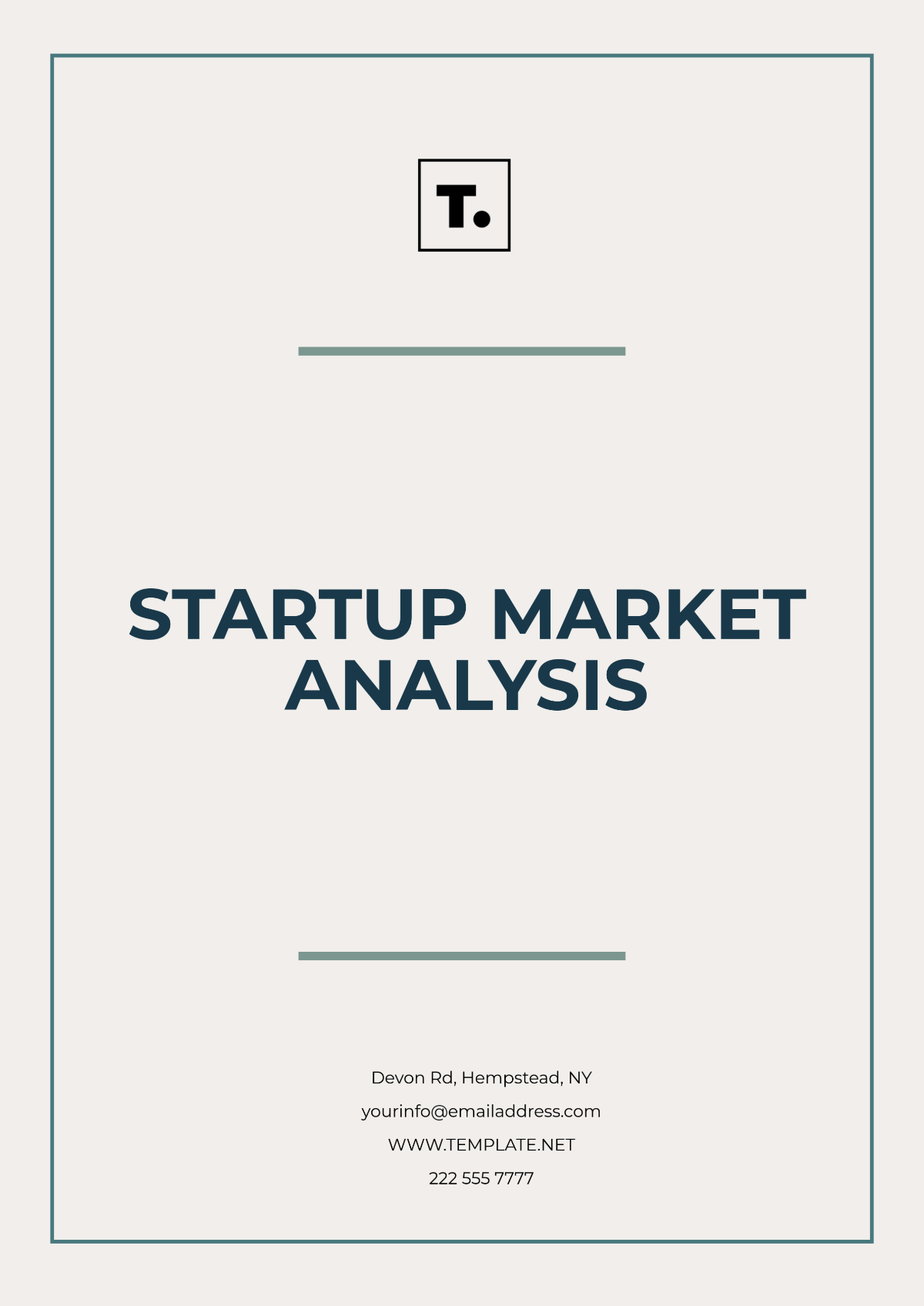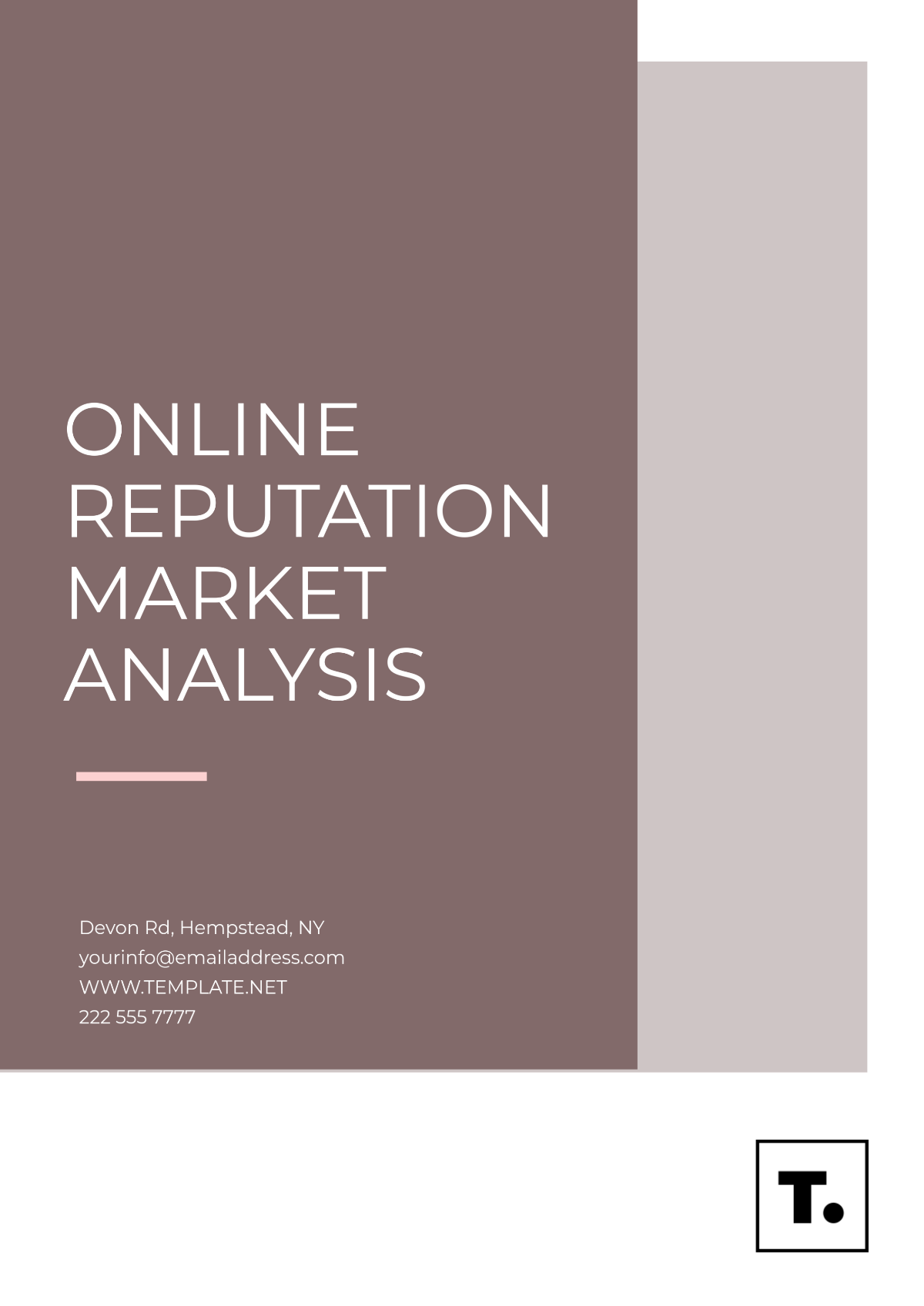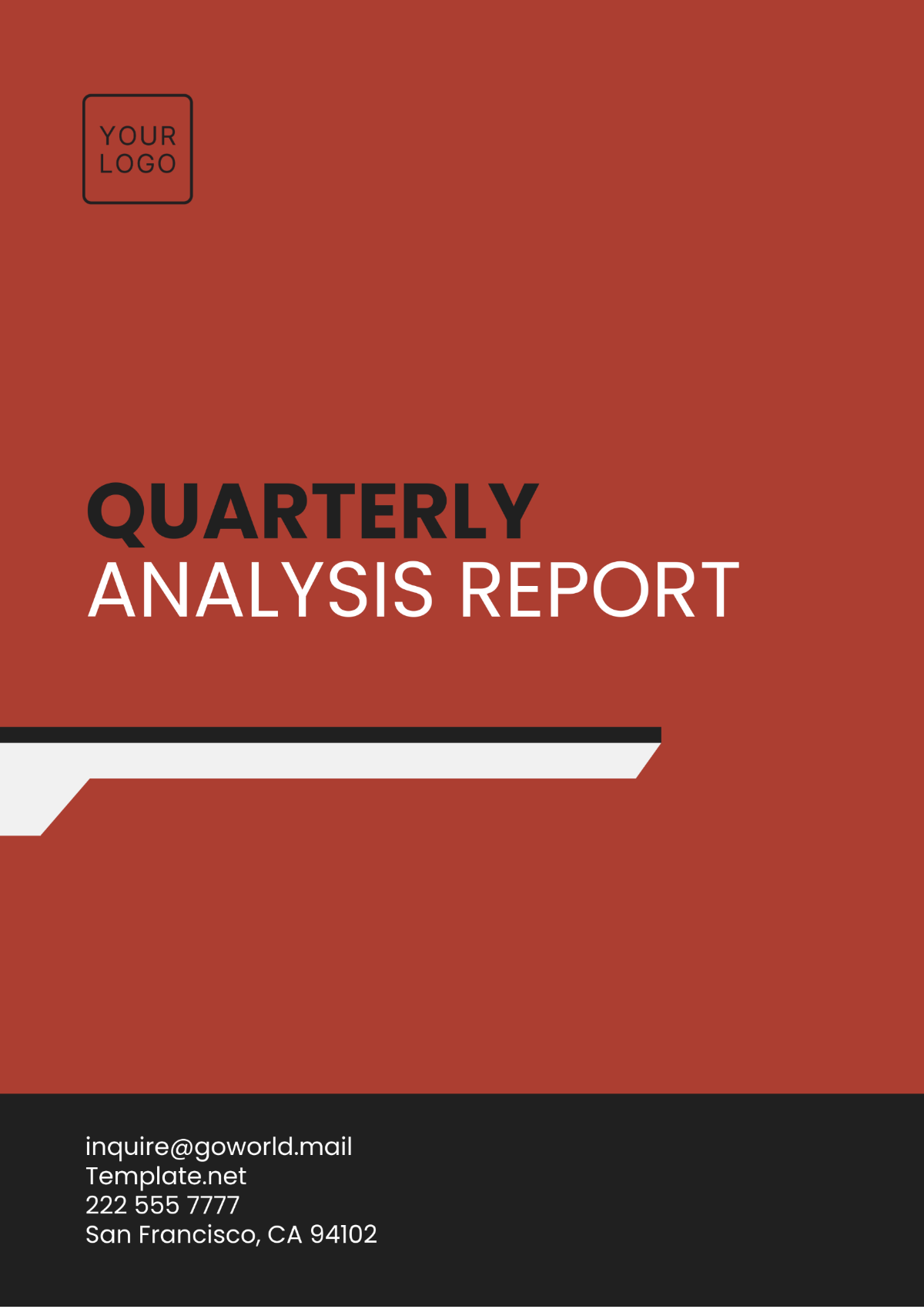Startup Valuation Analysis Report
Executive Summary
This Valuation Analysis Report meticulously evaluates [Your Company Name], as of the valuation date of [July 1, 2050]. By integrating advanced financial analysis methods, market comparison techniques, and projections of future growth, the report aims to provide stakeholders with an accurate estimation of the company's financial worth. The valuation is achieved through the employment of Discounted Cash Flow (DCF) analysis, Comparable Company Analysis (CCA), and Precedent Transactions Analysis (PTA).
Company Overview
[Your Company Name] is at the forefront of the technology sector, specializing in developing cutting-edge software solutions for the healthcare industry. Since its inception in [2052], [Your Company Name] has embarked on a mission to revolutionize healthcare delivery through innovative software that enhances patient care, streamlines clinical workflows, and ensures data security.
With a focus on leveraging artificial intelligence and machine learning, the company has successfully developed proprietary platforms that have been adopted by numerous healthcare institutions, earning [Your Company Name] recognition as a trailblazer in healthcare technology. The company's dedication to research and development, combined with its strategic partnerships with leading healthcare providers, positions [Your Company Name] to capture significant market share and achieve long-term growth in the rapidly evolving digital health landscape.
Financial Performance
[Your Company Name] exhibits a compelling financial trajectory, characterized by a consistent [20%] year-over-year increase in EBITDA throughout the last [five years]. This trend underscores not only the company's operational excellence and profitability but also its adeptness in navigating market challenges. The diversification of revenue streams—spanning software licensing fees, maintenance services, and consulting—lays a resilient financial foundation that propels the company towards sustained growth and innovation. Below is a table illustrating the financial performance metrics over the past [five years]:
Year | Revenue | EBITDA | EBITDA Margin |
|---|---|---|---|
2051 | $100,000,000 | $20,000,000 | 20% |
Year | Software Licensing Fees | Maintenance Services | Consulting Services |
|---|---|---|---|
2051 | $40,000,000 | $30,000,000 | $30,000,000 |
This table provides a clear visual representation of [Your Company Name]'s financial growth, highlighting significant year-over-year increases in revenue and EBITDA. The EBITDA margin has remained stable at [20%], indicating consistent profitability. The breakdown of revenue streams shows a balanced contribution from software licensing, maintenance, and consulting services, each growing in alignment with the overall revenue growth. This balanced growth strategy ensures [Your Company Name] maintains a strong financial position, enabling further investment in research and development and market expansion initiatives.
Valuation Methodologies and Analysis
Valuating a startup presents unique challenges due to the absence of extensive financial history, which is typically available for established companies. This scarcity of historical data necessitates the use of specialized valuation methodologies that can accommodate the inherent uncertainties and growth potential of startups. Below, we explore five commonly employed valuation methods, each offering varying degrees of precision and relevance depending on the specific characteristics and life cycle stage of the startup:
1. Discounted Cash Flow (DCF) Analysis:
The Discounted Cash Flow (DCF) Analysis stands as a cornerstone valuation technique, focusing on the intrinsic value of a startup. It involves forecasting the startup's free cash flows over a specified period and discounting them back to their present value using a weighted average cost of capital (WACC). This method is particularly effective for startups with predictable cash flows and growth trajectories, allowing for a detailed assessment of future revenue potential. However, its accuracy is highly dependent on the assumptions made regarding growth rates, discount rates, and terminal value.
Year | Projected Free Cash Flow | Discount Factor (8%) | Present Value |
|---|---|---|---|
2051 | $10,000,000 | 0.926 | $9,260,000 |
The DCF analysis, yielding a present value of future cash flows at [$54,680,000], underscores the startup's solid growth prospects and operational efficiency. This method highlights the intrinsic value derived from the company's ability to generate sustainable cash flows over time. It's particularly reflective of [Your Company Name]'s strength in maintaining profitability and expansion capabilities. However, it's also sensitive to assumptions about future cash flows and the discount rate, indicating potential variability in valuation based on economic conditions and company performance.
2. Market Multiples Approach:
The Market Multiples Approach, often referred to as the Comparable Company Analysis (CCA), involves valuing a startup based on the valuation metrics of publicly traded companies in the same industry. Common multiples include Price-to-Earnings (P/E), Price-to-Sales (P/S), and Enterprise Value-to-EBITDA (EV/EBITDA). This approach offers the advantage of relative valuation, providing a benchmark against established market players. It is best suited for startups operating in industries with numerous public companies, facilitating a direct comparison.
Comparable Companies | Revenue Multiple | Adjusted Revenue | Implied Valuation |
|---|---|---|---|
Company A | 4x | $50,000,000 | $200,000,000 |
With an average implied valuation of [$250,000,000] based on market multiples, this approach situates [Your Company Name] within the broader industry, comparing it to similar companies. This valuation suggests a strong market position and growth potential relative to its peers. It provides a market-based perspective on valuation, useful for understanding how investors might value the startup in relation to existing market players. However, it may also incorporate market sentiment and trends, which can introduce volatility.
3. Book Value Method:
The Book Value Method values a startup by its net asset value, calculated as total assets minus total liabilities, as reported on the balance sheet. This method is straightforward and grounded in tangible financial data, making it a reliable measure of a company's net worth. However, it may not accurately reflect the true market value of a startup, as it does not account for intangible assets or future growth prospects.
Asset Category | Value |
|---|---|
Tangible Assets | $100,000,000 |
The book value method, showing a net asset value of [$90,000,000], offers a conservative estimate of [Your Company Name]'s worth, grounded in its tangible and intangible assets minus liabilities. This method is useful for understanding the startup's financial foundation but may undervalue it by not fully capturing future growth prospects or the value of non-tangible assets such as brand reputation or intellectual property.
4. Liquidation Value Method:
The Liquidation Value Method estimates the net cash that would be received if all assets were sold and liabilities paid off today. This approach is often considered a conservative valuation method, as it assumes the startup is unable to continue its operations. It provides a baseline value, ensuring that investors understand the minimum potential return in a worst-case scenario.
Asset Category | Liquidation Value |
|---|---|
Tangible Assets | $70,000,000 |
This method estimates a net liquidation value of [$20,000,000], providing a baseline valuation that considers the worth of the startup's assets in a liquidation scenario. While offering a floor value, it significantly undervalues the startup by not accounting for ongoing business operations or growth potential. This approach is most relevant for assessing the minimum expected return in adverse conditions.
5. First Chicago Method:
The First Chicago Method is a sophisticated approach that combines elements of both qualitative and quantitative analysis. It involves creating multiple scenarios to forecast the startup's future financial performance and then applying a suitable multiple or discount rate to each scenario's cash flows. The final valuation is derived from the weighted average of these scenario-based valuations. This method is particularly useful for startups with uncertain futures, as it provides a comprehensive view of potential outcomes based on different market and operational conditions.
Scenario | Probability | EBITDA | Implied Valuation |
|---|---|---|---|
Optimistic | 25% | $40,000,000 | $320,000,000 |
The weighted average valuation of [$190,000,000] through the First Chicago Method reflects a nuanced view of [Your Company Name]'s future, incorporating optimistic, realistic, and pessimistic scenarios. This method acknowledges the inherent uncertainty in startup valuations, providing a range that captures potential outcomes based on different market and operational conditions. It's particularly valuable for investors and stakeholders looking to understand the breadth of possible valuations and to plan for multiple futures.
Each of these valuation methodologies offers distinct advantages and limitations, making them more or less suitable depending on the startup's stage of development, industry, and financial stability. A thorough valuation often requires applying multiple methods to capture a comprehensive view of a startup's worth, enabling investors and founders to make informed decisions.
Startup Valuation Trends
The valuation of startups is a complex process and is also significantly influenced by broader market trends and industry-specific cycles. By examining data gathered from a range of industry sources, we can identify several key cyclical trends that have a substantial impact on startup valuations. These trends reflect both the macroeconomic environment and the evolving dynamics within specific sectors. Below is an expanded analysis of these trends:
1. Economic and Market Conditions:
Startup valuations are profoundly affected by the broader economic climate. During periods of economic growth and investor optimism, valuations tend to rise, buoyed by increased investor confidence and a greater availability of capital. Conversely, in times of economic downturn or market volatility, valuations often decline as investors become more risk-averse and funding becomes scarcer. Factors such as interest rates, inflation, and global economic events play pivotal roles in shaping these conditions.
2. Technological Advancements:
Breakthroughs in technology can lead to sudden increases in startup valuations within certain sectors. For instance, advancements in artificial intelligence, blockchain, or biotechnology can spur investor interest in startups operating in these fields, leading to higher valuations. These trends are often cyclical, correlated with the emergence and maturity of specific technologies.
Catalyst for Valuation Shifts: Technological breakthroughs often serve as a catalyst for dramatic changes in startup valuations, particularly in sectors ripe for innovation such as artificial intelligence (AI), blockchain, and biotechnology. These advancements can rapidly alter market dynamics and operational capabilities, positioning startups at the cutting edge as highly attractive investment opportunities.
Impact on Investor Interest: The cycle of technological innovation influences investor interest and capital flow, leading to increased valuations for startups pioneering new technologies. During the initial hype and development phase of a new technology, startups in these domains can see their valuations soar, reflecting the market's optimism about their potential to disrupt existing industries and create new markets.
Market Dynamics and Competition: As a technology matures and adoption widens, the market may become saturated with competitors, potentially leading to a stabilization or decrease in startup valuations. The challenge for startups is to maintain differentiation and competitive advantage in a crowded market, ensuring sustained interest and investment.
Volatility and Speculation: Investing in startups at the forefront of technological innovation can be speculative, with valuations subject to volatility based on emerging data about the technology's practical applications, regulatory challenges, and commercial viability. Startups that navigate these uncertainties effectively are often rewarded with significant valuation premiums.
Real-World Problem Solving and Monetization: Investors place high value on startups that leverage technological advancements to address tangible problems, create new opportunities, or disrupt traditional business models. The ability to demonstrate a clear path to monetization and market adoption is crucial in converting technological innovation into sustainable valuation growth.
3. Investor Sentiment and Behavior:
The sentiment of investors, often influenced by market trends and news, can cause significant fluctuations in startup valuations. Positive news or successful IPOs within a sector can lead to increased enthusiasm and higher valuations for similar startups. Conversely, negative events or failed ventures can lead to a more cautious approach, dampening valuations.
4. Regulatory Environment:
Changes in government policies and regulations can have a significant impact on startup valuations, particularly in industries like healthcare, finance, and energy. Increased regulation can lead to higher compliance costs and reduced profit margins, thereby affecting valuations. Conversely, deregulation or favorable policy changes can lead to increased investment and higher valuations.
5. Industry-Specific Cycles:
Different industries experience their own unique cycles that affect startup valuations. For example, the tech industry might experience a boom due to increased demand for innovative software solutions, while the energy sector might see fluctuating valuations based on oil prices and renewable energy trends. These cycles can be influenced by factors such as consumer demand, technological changes, and environmental considerations.
Unique Industry Trends: Every industry operates within its own rhythm of boom and bust cycles, which are pivotal in shaping startup valuations within those sectors. These cycles are reflective of a myriad of factors including, but not limited to, shifts in consumer demand, technological innovation, regulatory changes, and macroeconomic trends. For instance, the tech industry may surge with the advent of breakthrough technologies, driving valuations up, while traditional sectors like manufacturing might experience slower growth or stagnation due to automation and outsourcing.
Sector-Specific Drivers: The drivers behind these industry-specific cycles vary significantly. In the technology sector, a boom could be triggered by the widespread adoption of a new platform or technology, leading to increased demand for startups offering solutions in these areas. Conversely, the energy sector's valuations are more directly impacted by external factors like oil price volatility, geopolitical tensions, and the global push towards sustainable and renewable energy sources, which can either bolster or hinder startup valuations depending on their area of focus.
Technological Disruption and Adoption: The pace and nature of technological change can have a profound impact on industry cycles. Startups that are early adopters or innovators of emerging technologies can significantly disrupt established markets, creating new opportunities and attracting high valuations.
Regulatory and Environmental Factors: Government policies and environmental considerations play an increasingly important role in shaping industry cycles, particularly in sectors like energy, healthcare, and automotive. Regulatory changes can open up new markets or impose constraints that affect startup valuations. Similarly, the growing emphasis on sustainability and climate change is driving investment in green technologies and sustainable practices, affecting valuations in sectors from energy to agriculture.
Consumer Trends and Preferences: Shifting consumer preferences and demand also significantly influence industry cycles. Startups that tap into emerging consumer trends can experience rapid valuation growth. However, these trends can shift quickly, and startups must be agile to adapt to changing consumer behaviors and maintain their valuation momentum.
6. Competition and Market Saturation:
As certain sectors become more crowded and competitive, startup valuations can be impacted. In early stages of a market cycle, innovative startups might command high valuations due to limited competition. However, as more players enter the space, competition intensifies, and investors may become more selective, potentially leading to lower valuations for newcomers.
7. Access to Capital and Funding Cycles:
The availability of funding, from venture capital, angel investors, and other sources, can greatly influence startup valuations. During periods when capital is abundant, startups may find it easier to secure funding at higher valuations. In contrast, during funding crunches, startups might have to settle for lower valuations to secure necessary capital.
These trends highlight the dynamic nature of startup valuations, underscoring the importance of considering a broad range of factors when assessing a startup's worth. Understanding these cyclical trends can provide valuable insights for investors, founders, and analysts in making informed decisions regarding startup investments and valuations.
Conclusion
Valuing a startup is a complex endeavor that melds financial analysis with strategic and market insights. This report highlights various valuation techniques, emphasizing the importance of understanding the broader startup ecosystem. Market dynamics, investor sentiment, and technological shifts significantly influence startup valuations. Therefore, accurate valuation requires both quantitative rigor and qualitative assessment, recognizing that valuations are dynamic and evolve with changing market conditions. Stakeholders must approach startup valuation with a comprehensive perspective, integrating financial models with an in-depth analysis of the external environment.

















































